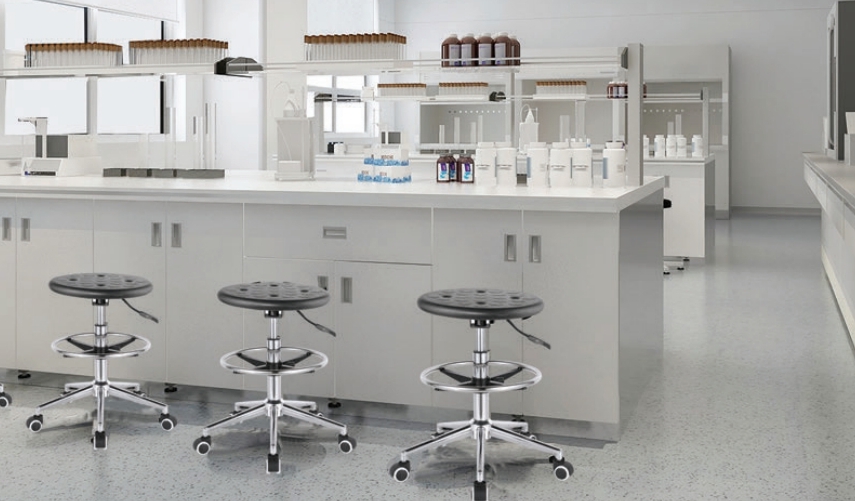In a precision electronics manufacturing workshop, a seemingly insignificant electrostatic discharge (ESD) may trigger a chain of disasters - chip damage, equipment failure, and even a million-level product recall. According to statistics, the global electronics industry loses more than $5 billion each year due to ESD. How to block the threat of static electricity from the source? A qualified ESD anti-static chair is the key line of defense in this "static film war".
So, do you know how to choose a qualified ESD chair ?
A. ESD chairs are not just affixed with an "anti-static" label. It must meet a series of strict technical standards. The most commonly used static control standards in the world include:
1. ANSI/ESD STM 12.1: a test standard specifically for anti-static performance of chairs;
2. IEC 61340-5-1: General requirements for electrostatic protection systems in electronic component manufacturing environments;
3. EN 61340-5-1: EU corresponding standard.
Among these standards, there are clear requirements for the surface resistance, grounding path, and charge decay time of the chair. The resistance value of a qualified ESD chair should usually be between 10⁶Ω and 10⁹Ω. Too high or too low will not meet the requirements.

B. In addition, the standards for ESD chairs in extreme environments are different:
Medical grade: meets ISO 13485 certification, antibacterial and antistatic fabric + stainless steel grounding frame to avoid interference with precision instruments.
Military grade: passed MIL-STD-1686 test, withstands -40℃~120℃ temperature difference, explosion-proof design.
Dust-free room only: uses ion neutralization technology, with clean room casters, particle release <0.3μm/m³.
Finally, you should pay attention to these five details when purchasing:
Look at the structure: Is it a full steel frame + conductive caster design? Are all materials dedicated to ESD?
Touch the material: Is the chair surface conductive leather and has it been surface treated?
Check the data: Is a test report provided? Is there a resistance value marked?
Measurement path: Is there a complete grounding path between human body, chair and ground?
Test experience: Is it comfortable to sit for a long time? Does it support multiple height and angle adjustments?
Static protection is a systematic project, and ESD chairs are the most easily overlooked but crucial part of it. Don't use ordinary chairs to fight professional risks. Only by truly understanding ESD can you truly protect your equipment, your products, and even your brand.